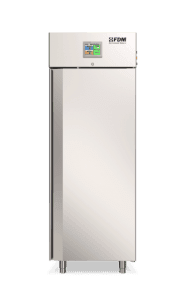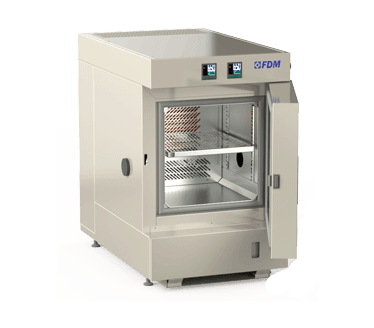
In the automotive industry, the resistance of vehicle materials and components to environmental conditions is essential to ensure the safety, quality and durability of vehicles.
Weathering testing is a fundamental procedure for evaluating how automotive materials react to natural elements such as sunlight, rain, wind, heat and cold.
With these tests, manufacturers can ensure that their products maintain optimal performance in any climate, thus reducing the risk of premature failure and improving customer satisfaction. Let's take a closer look at what these tests are, what tools are used in the laboratory and what are the main international standards that regulate their execution.
What is Automotive Weathering Testing?
Automotive weathering testing is designed to simulate the environmental conditions that a vehicle may encounter during its life cycle.
These tests are used to evaluate the resistance of materials and components, such as paint, plastics, glass and metals, to prolonged exposure to factors such as UV radiation, extreme temperatures, humidity and corrosion.
radiazioni UV, temperature estreme, umidità e corrosione.The goal is to identify any weaknesses in materials or manufacturing processes before vehicles reach the market. This not only helps improve the overall quality of the product, but also helps extend the useful life of the vehicle and reduce maintenance costs for consumers.
Perform
Climate Stress
Discover the new series of Climate Chambers for controlled climate testing
Laboratory Tools: Walk-In Environmental Chambers
In the context of weathering tests, walk-in environmental chambers are among the most widely used instruments in the laboratory.
These chambers allow extreme weather conditions to be recreated in a controlled environment, allowing technicians to perform accelerated tests that simulate years of exposure in just a few days or weeks. Walk-in environmental chambers differ from regular environmental chambers because they are designed to accommodate large samples or entire vehicles, and can reproduce a wide range of atmospheric conditions, including humidity cycles, exposure to UV light, rain, snow and wind.
This type of testing is essential for evaluating how vehicles react to sudden changes in temperature and variable weather conditions, ensuring that critical components maintain their mechanical and chemical properties in all situations.
International Standards for Weathering Testing
Weathering tests must adhere to several international standards to ensure consistent and reliable results. Some of the most relevant standards include those developed by organizations such as the ISO (International Organization for Standardization), ASTM (American Society for Testing and Materials), and SAE (Society of Automotive Engineers).
For example, ISO 4892-2 specifies methods for exposure to UV light and humidity conditions for plastic materials, while ASTM G154 covers accelerated UV exposure and humidity tests. SAE J2527, on the other hand, is a standard used to evaluate sunlight and weather resistance for exterior automotive materials.
You cannot find the ideal chamber for your test?
Create your own environment, according to any test requirement
FDM Climatic Chambers for Weathering Testing
FDM - Environment Makers has been a leading company in the field of product and material testing for over 70 years.
We design all types of climatic chambers, including custom walk-in chambers, capable of testing large vehicles in accordance with the procedures outlined above.
Our technicians are always available to listen to the specific needs of the customer and design the climatic chamber ideal for their needs in agreement.
Please contact us.
Would you like to receive a quote or do you have questions about the product?
Contact us to receive more information about this Product.



